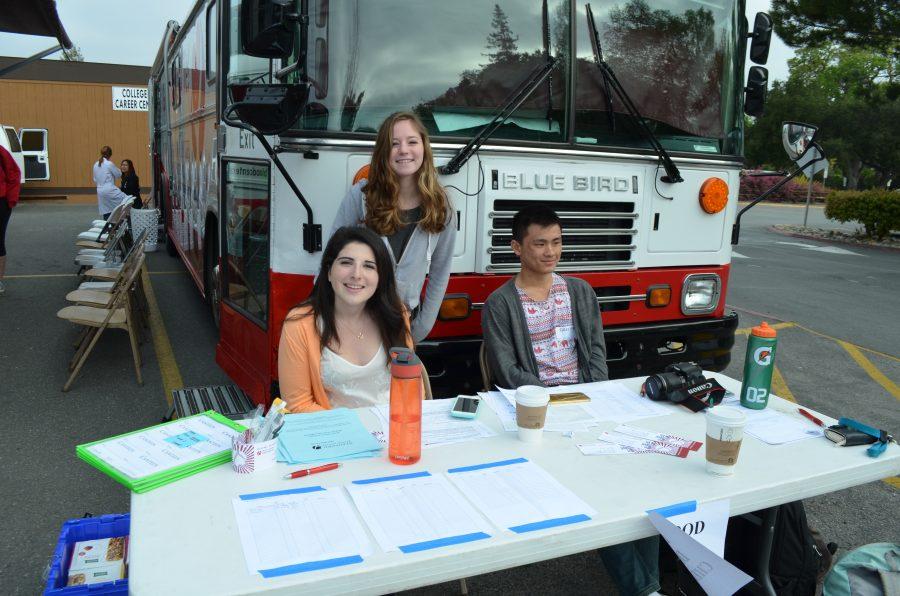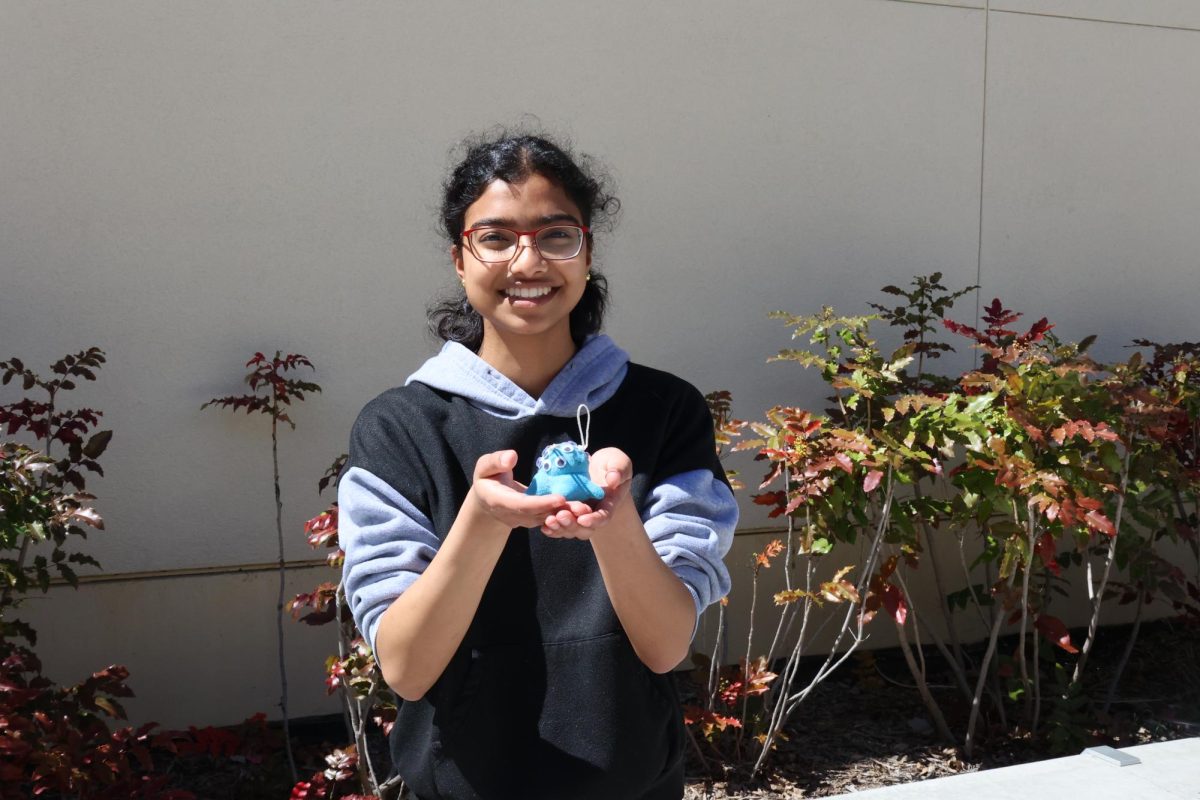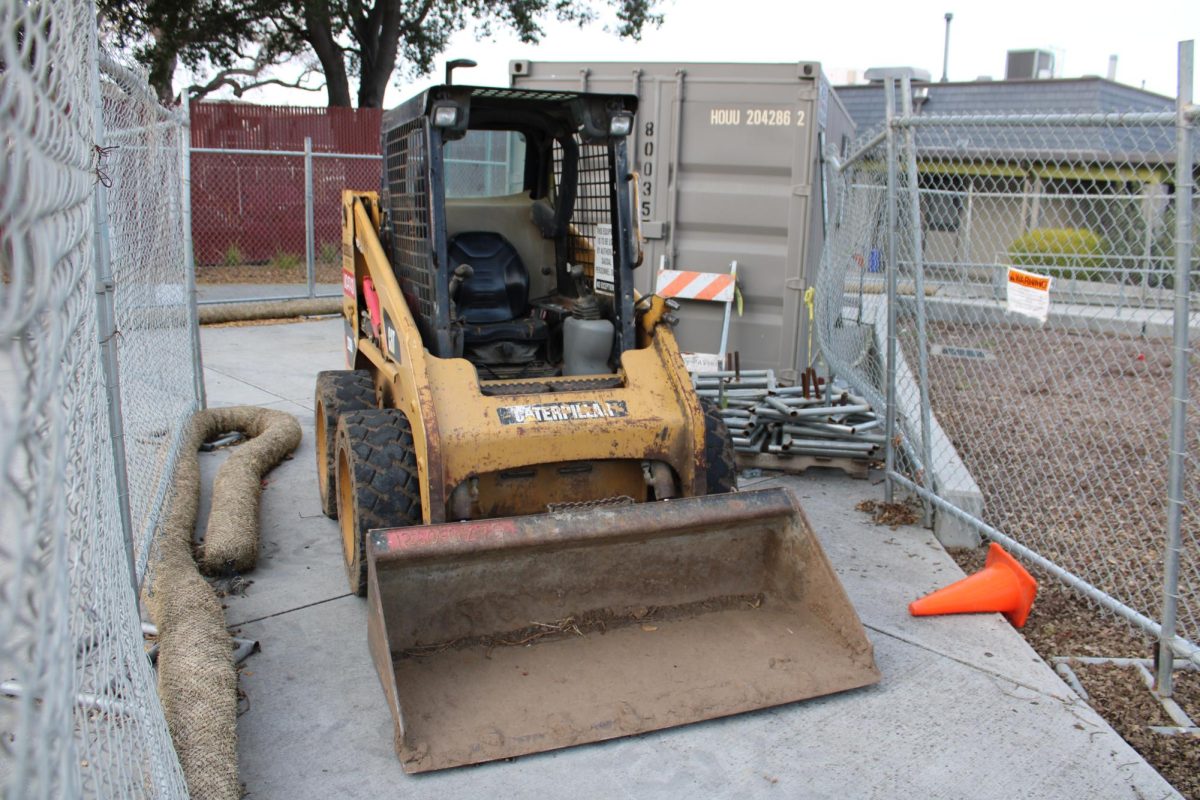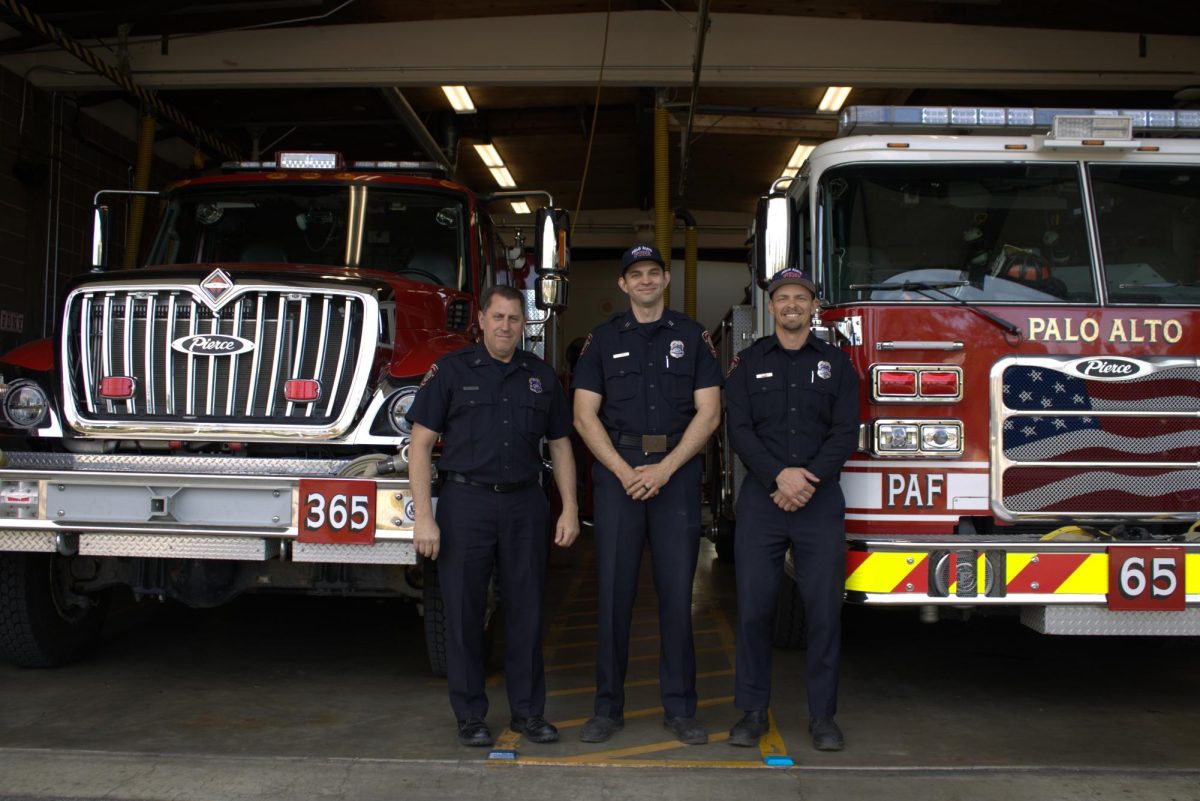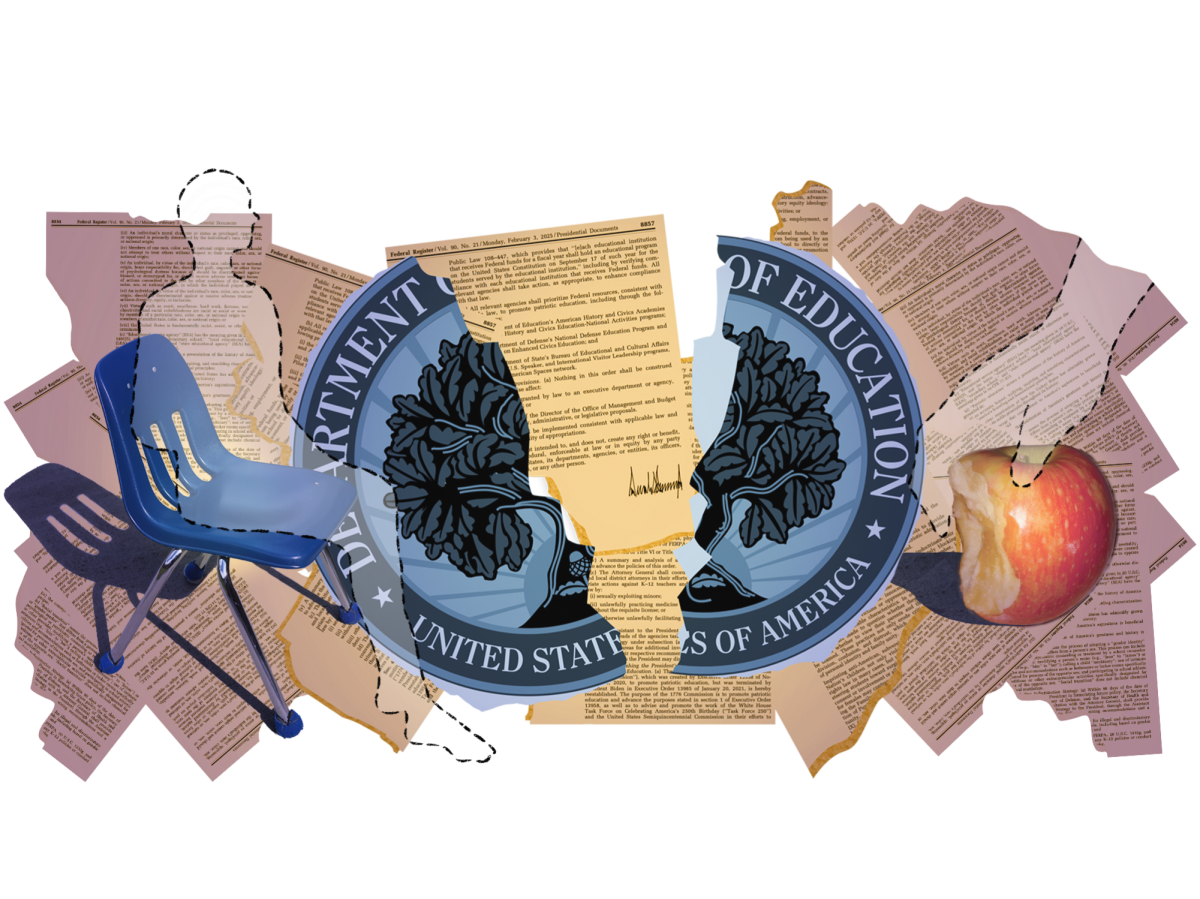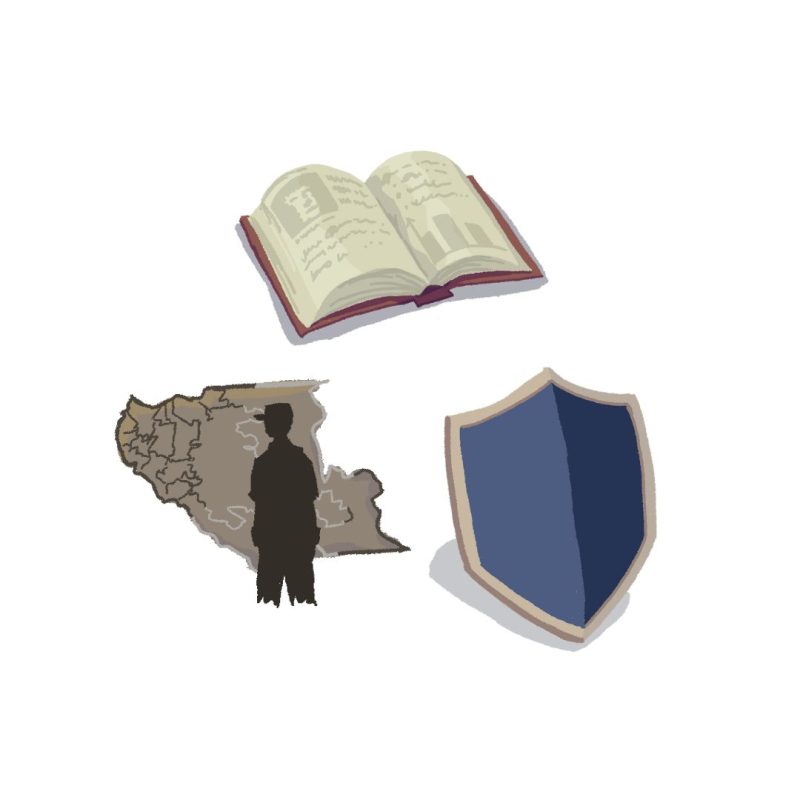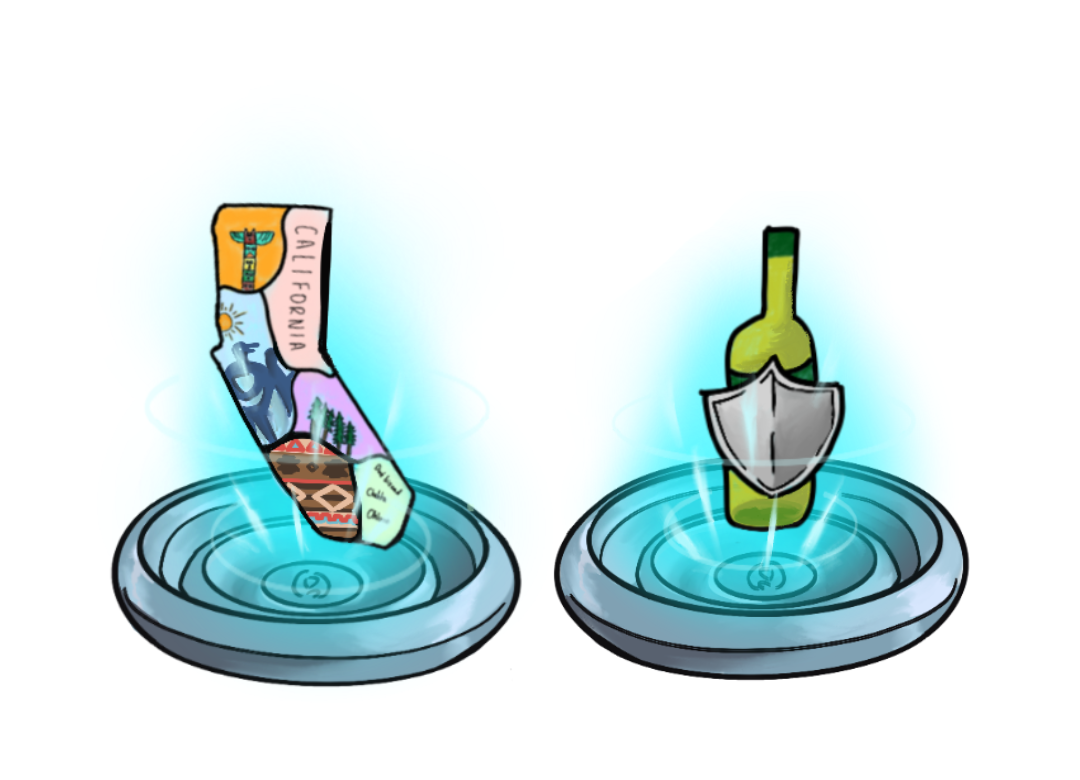Written by Michael Chen
Student Executive Council (SEC) recently organized the annual Blood Drive at Gunn. The drive, which takes place during school hours, aims to collect blood donations for community hospitals and raise awareness on the importance of donating blood.
According to Stanford Blood Center’s Volunteer Services Manager Shaguna Wilkes, this year’s drive was a success. “We were expecting around 90 donors and we got very close to that number,” Wilkes said.
This year’s drive marks a slight dip in donor participation in comparison to last year’s. According to Wilkes, last year’s projected donor attendance was also approximately 90, but the actual attendance exceeded that number. This year’s participation fell just short of that mark. However, this is also the first year in which donations were made in coaches, or specialized blood donation vehicles, instead of the gymnasium or library. “This was our first time doing donations inside the coaches instead of inside the school,” Wilkes said. “That can sometimes limit participation, because we simply can’t have as many beds inside the coaches as we could if we did it in the gym.”
The blood drives organized by the Stanford Blood Center are crucial to maintaining the community’s available supply of blood. According to Wilkes, the Stanford Blood Center supplies all of the local hospitals, including the Stanford Hospital and the Veteran’s hospital, with life-saving blood. However, the purpose of the blood drives is not solely to maintain the community’s blood supply, but also to raise awareness for the importance of donating blood. “Obviously there is a need for blood donations in the community, so one of the purposes of the drives is definitely to collect blood to supply area hospitals,” Wilkes said. “But it’s also about raising awareness about the need for blood donations. Part of doing drives at high schools is about trying to raise awareness in the younger demographic, and instilling that awareness in young people is going to help develop lifelong donors.”
Before students could participate, certain procedures were required, including preliminary work to verify whether a person’s blood was viable for donation. According to senior Adi Steinhart, who helped organize the event, students signed up to donate blood, and then were excused from class to go make the donation. “Once students signed up for a time slot, they gave us some information about things like their weight and what parts of the world they’ve been to recently,” Steinhart said. “If they haven’t done anything that would disqualify them from being a donor and meet certain prerequisites such as having the right amount of platelets, then they get to donate blood.”
Once the donation was made, students had to wait inside the canteen for 15 minutes, where they were carefully watched for any adverse effects of the donation and were given food and fluids to help recover. According to Steinhart, the event ran without any problems. “The event went really well this year,” Steinhart said. “A lot of students were nervous about giving blood but all were happy that they [donated].”



